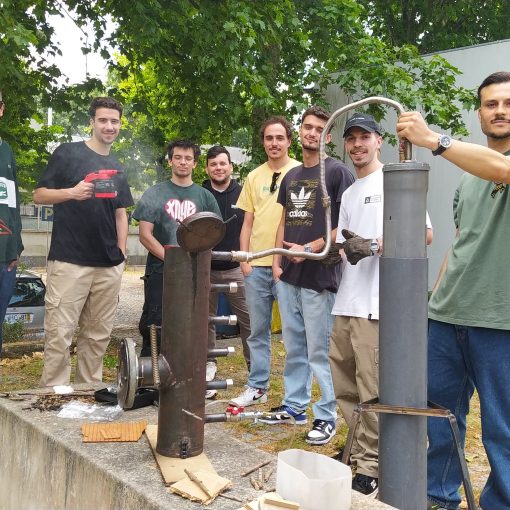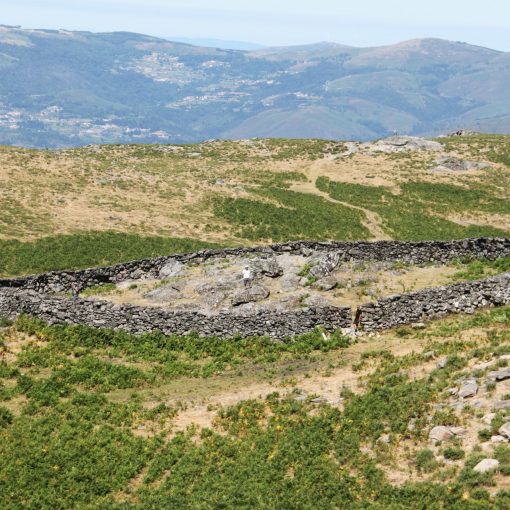InfraCrit Project brings together the School of Engineering of UMinho, UCoimbra and PH Informatics, and should be applicable to situations such as storms and attacks
The universities of Minho and Coimbra have joined forces with the company PH Informática to create an intelligent system for the protection and management of critical urban infrastructure in the face of extreme events such as floods, fires, earthquakes, attacks and industrial or nuclear accidents. The goal is to safeguard health, energy, transportation, telecommunications, and distribution systems, among others, seeking to minimize human and material losses, stresses, and increased spending around the world. The project is called InfraCrit, is being tested in Guimarães and Gaia, had the support of the National Authority for Civil Protection in the application phase, and has until September 725 thousand euros, being co-financed by Portugal 2020/FEDER.
“This innovation will manage key infrastructures according to criticality indexes, temporal evolution and impact assessment, in addition to simulating severe natural or man-made disasters, allowing the rapid establishment of measures to predict, mitigate, act and increase redundancy in those infrastructures,” describes José Campos e Matos, professor at the School of Engineering of the University of Minho and researcher at the Institute for Sustainability and Innovation in Structural Engineering (ISISE). The consortium began work in 2019 with the design of the platform architecture, followed by the integration of modules for different extreme events, including cyber-physical contexts, and now the pilot validation phase is underway in the cities of Guimarães and Gaia, due to their vulnerability to fires and floods, respectively.
Campos e Matos points out that the well-being of a society is, to a large extent, a reflection of the better or worse performance of its critical infrastructures in the various sectors of activity: “In general, it is not yet possible for us to protect these infrastructures efficiently, collaboratively and systematically in the face of a possible storm or catastrophe, but we are on this path. The effect of this new technology is not the increase in billing that it may induce in other companies or service providers, but rather the reduction of costs and losses resulting from effective anticipation and prevention management, he highlights.
“The partial or total destruction of infrastructure results in most cases in the loss of human life, the worst consequence of an incident, but also in material damage, from transport networks (air, road, rail and sea), energy (electric, wind, water, refineries, nuclear power plants), technology (internet, computer centers, software) or social (cultural, commercial, sports, financial buildings), thus generating social tensions and more expense for the state and the private sector,” clarifies José Campos e Matos. InfraCrit therefore brings positive externalities and value creation for the entities that use this tool, he stresses.
This scientific project involves the Research & Innovation Department of PH Informática e Microssistemas, the Group of Historic Structures and Masonry of ISISE-UMinho, and the Group of Software and Systems Engineering of the Center for Informatics and Systems of the University of Coimbra.



